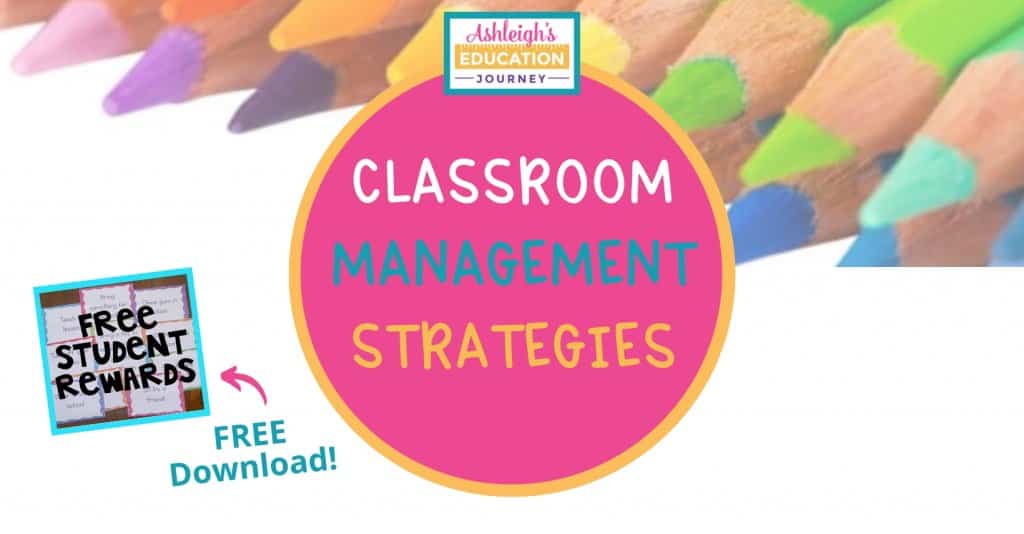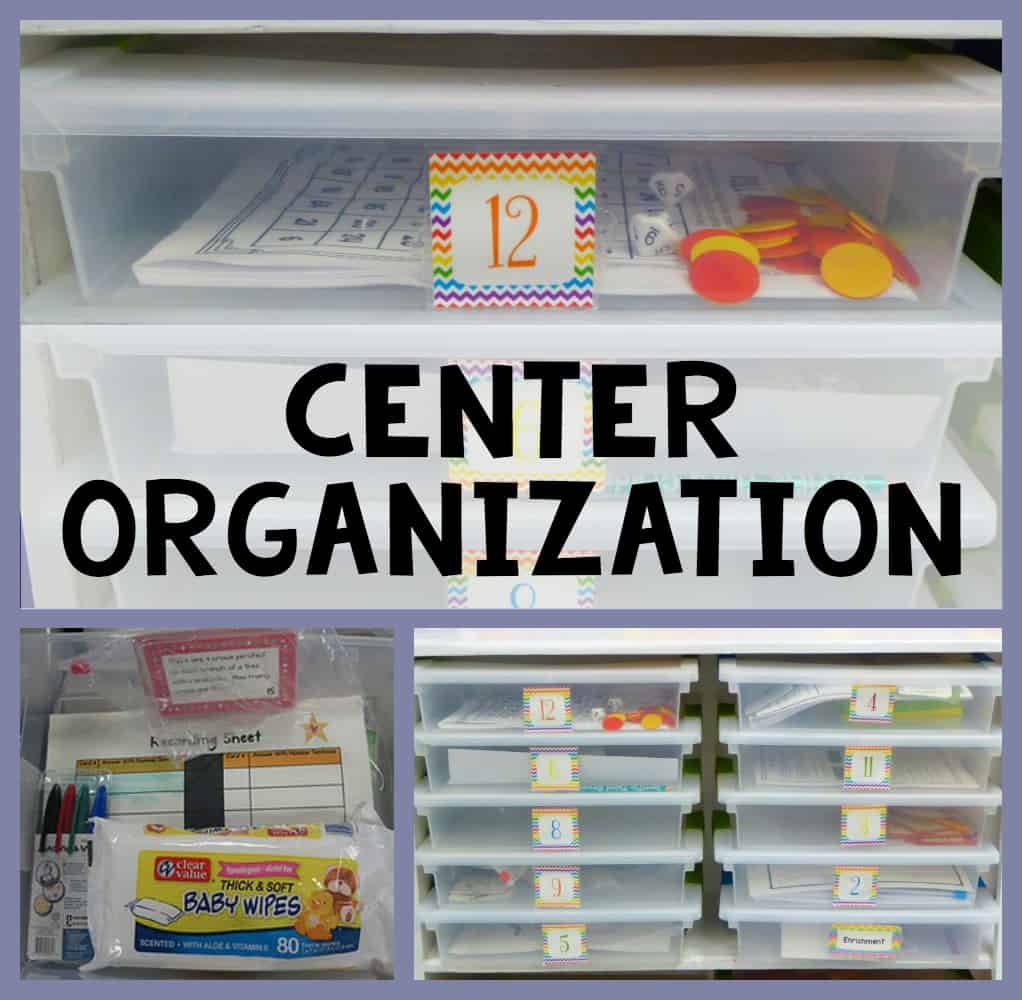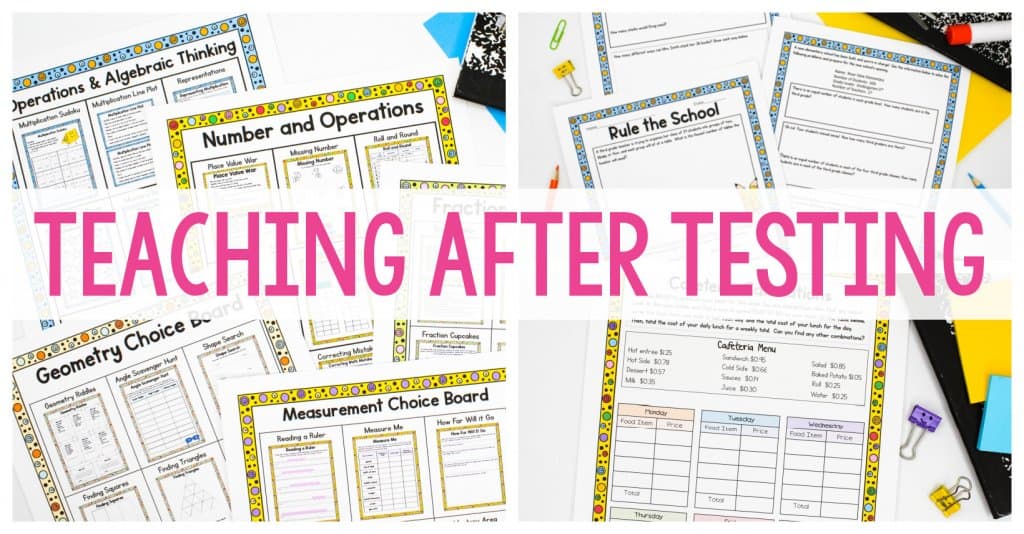How many times have you given a direction and the results went something like this?
I image you only see this on days that end in Y. (My students never get that joke.)
This is a common problem in the classroom, and it appears to be getting worse. While I don’t think we can ever completely eliminate this lack of listening and following directions, there are steps we can take to help students become more independent.
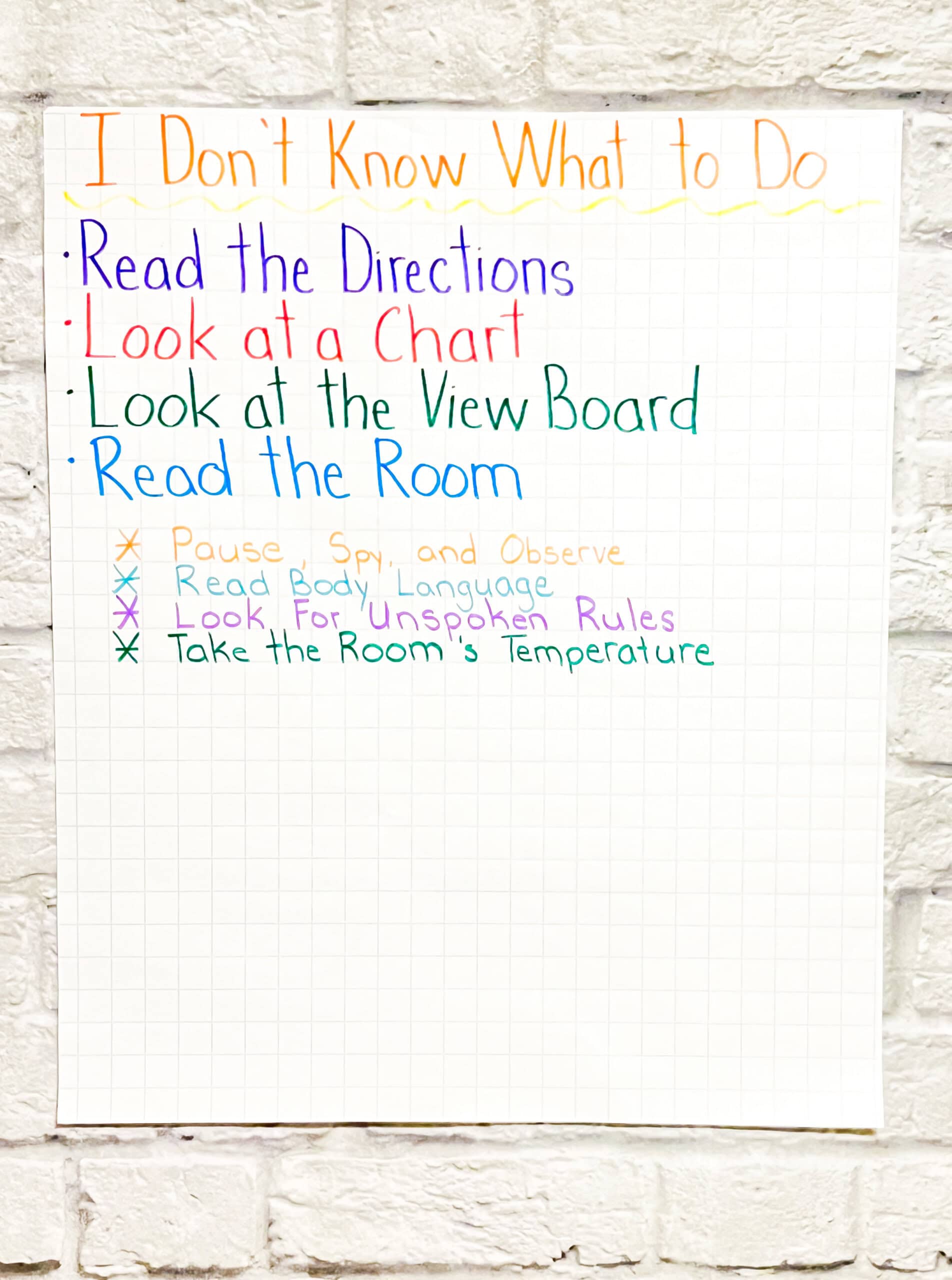
I post this chart in my classroom, but I don’t stop at hanging it up. We discuss and practice each strategy. Then, I refer to it when students ask questions that indicate learned helplessness or lack of initiative. I don’t do this because I don’t want to help students or to prove a point. I do it to support students in becoming independent and confident in their ability to problem solve-not just academically but in day-to-day life.
Read the Room
Reading the room is a social skill that helps students understand the dynamics of a situation and adjust their behavior to fit in to those dynamics. It includes observing classmates body language, conversations, and the general atmosphere.
You can help students practice reading the room by creating scenarios for groups of students to act out-taking a test, playing a game, independent reading, etc. Have the audience (who doesn’t know the scenario) explain what they should do if they entered the classroom without hearing directions or knowing exactly what was going on.
You can also help students individually. For example, if you have a student who struggles with this instead of telling them what to do, quietly guide them into leading questions on reading the room.
I like to use the following for practice reading the room. In one example students are given scenarios and describe how they would read the room. In the other example, I display popular memes and have students describe what the facial expressions communicate.
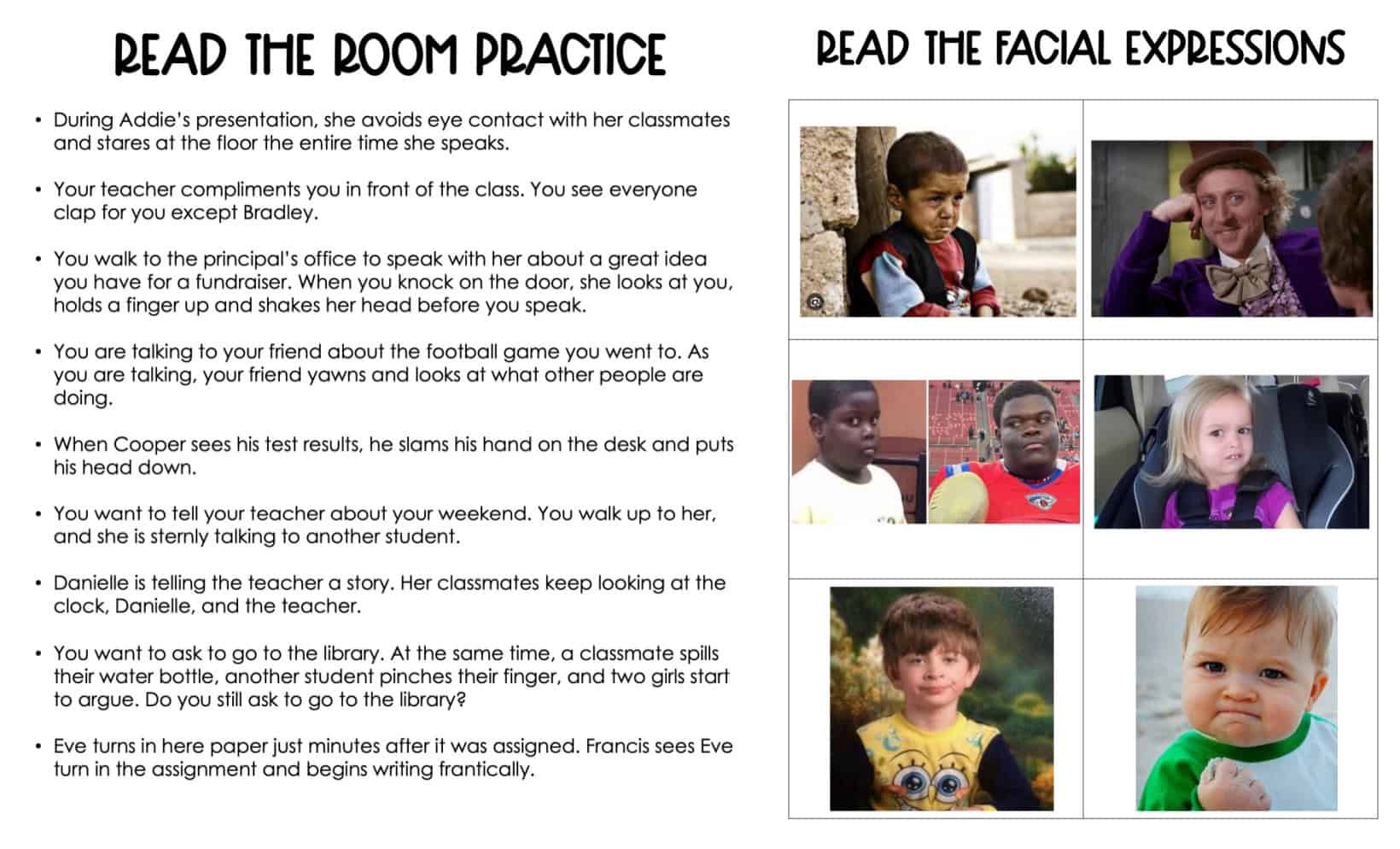
You can download the practice activities here.
Look at Charts
Using charts can help with both academics and procedures. Almost everything in my classroom serves a purpose and is intentionally displayed.
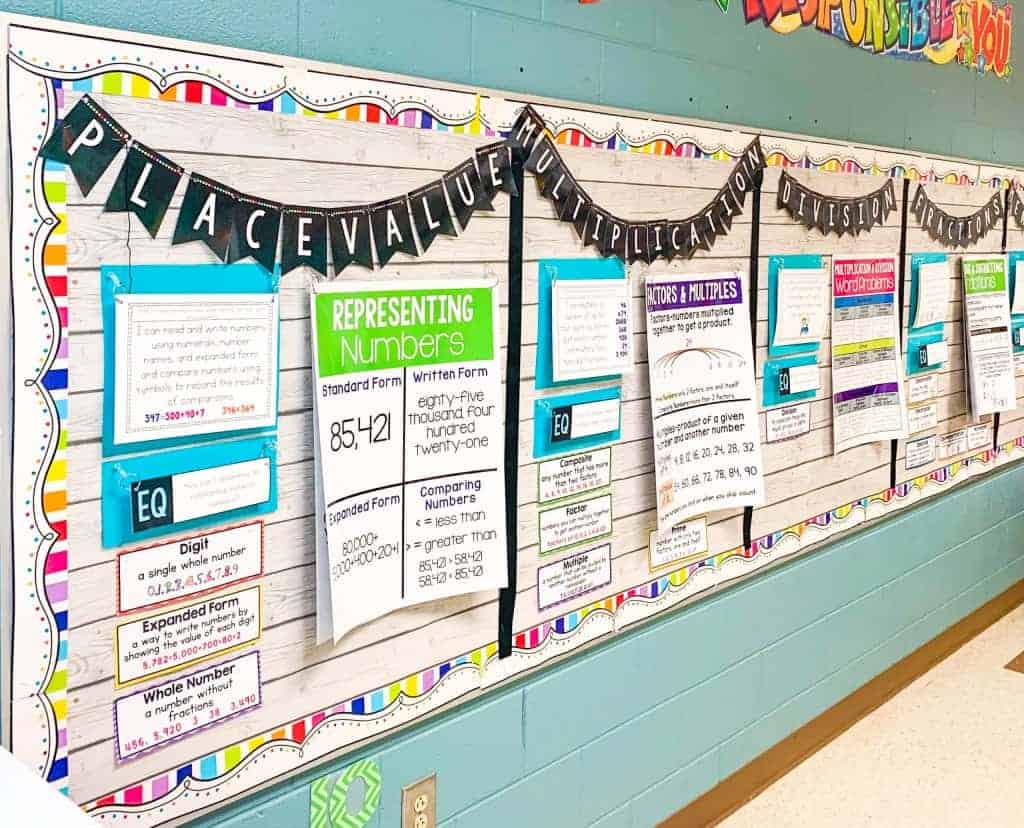
Of course not all questions can be answered by these charts, but they do give students a good starting place. Many times if students see an example, their memory is activated.
A lot of times most of what is display in my classroom is based upon my students’ most frequent questions or areas of confusion. Let their needs guide you.
Look at the Screen
I like to display detailed directions on my big classroom screen. This can be something as simple as Google Slides, or you can get fancy with something like Classroom Screens.
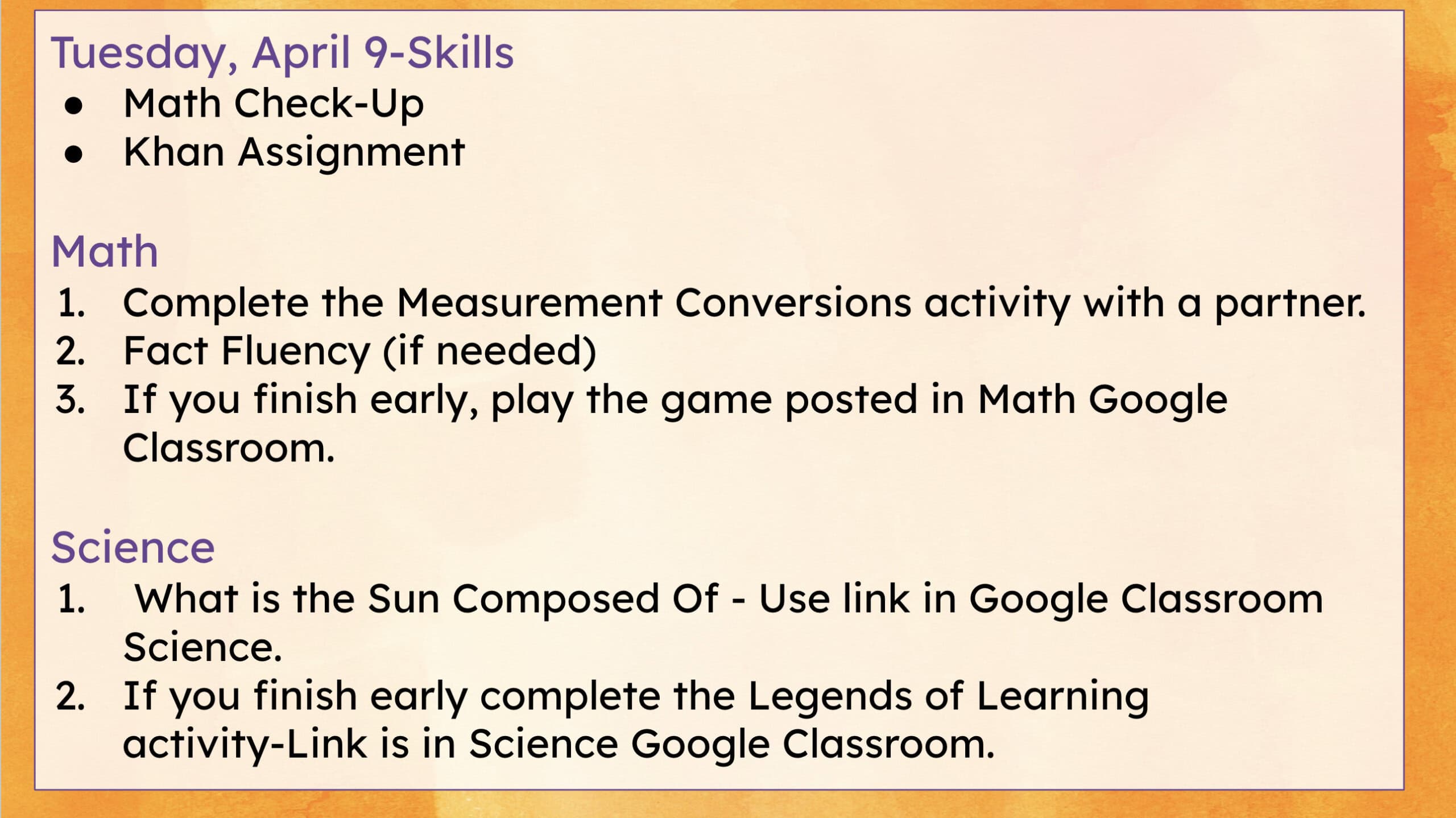
I haven’t fully learned Classroom Screen, so I can share about it as an expert. I’m still in the learning phase!
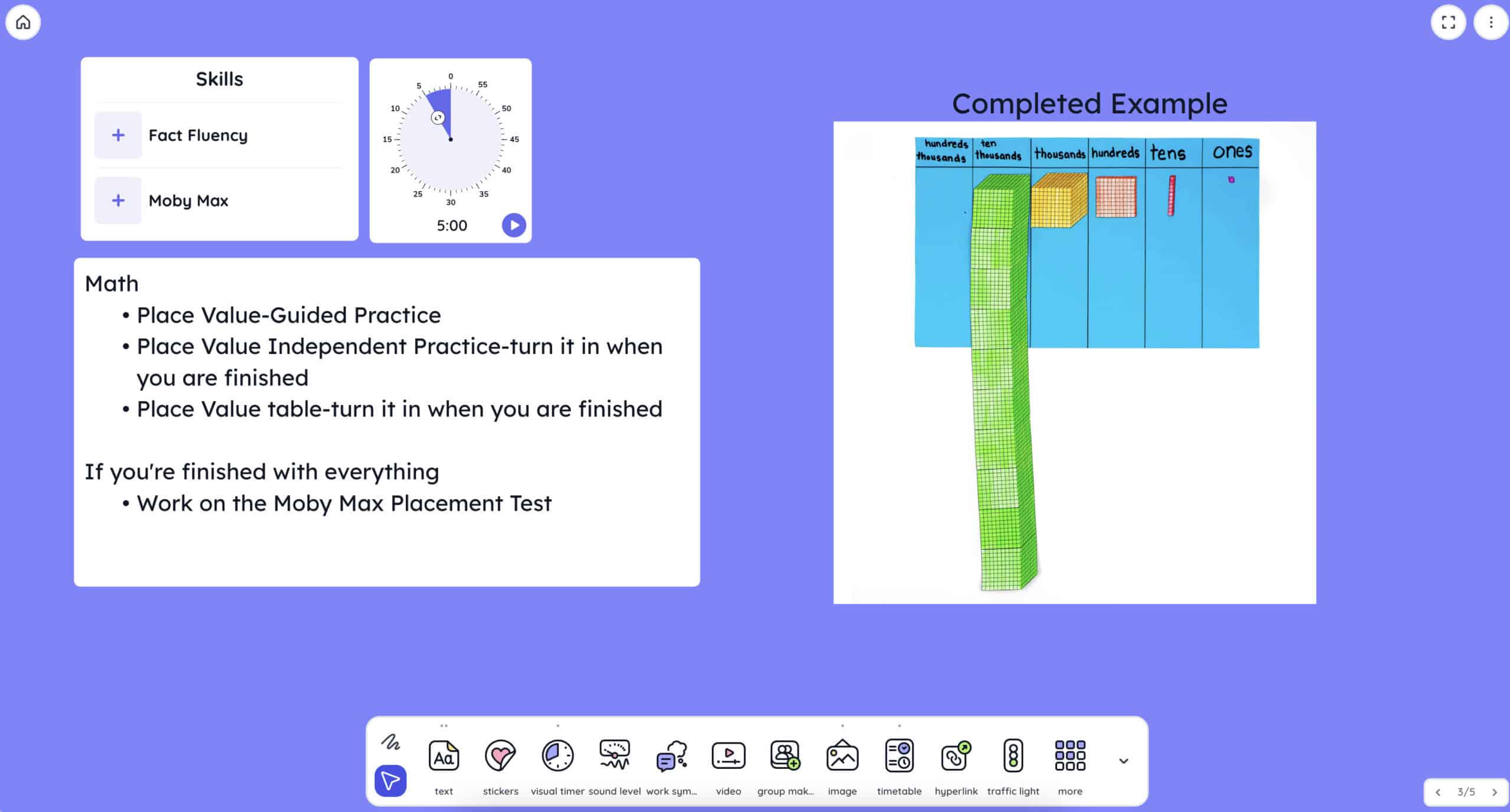
Read the directions
It sounds simple, but it’s often skipped. The primary way I teach this is to redirect students when they ask a question with easily accessible directions. Rather than giving the answer, I direct students to where the answer to the question is located. This is typically more time consuming that giving students what they need, but we need to think big picture.
It’s important to remember that there are situations where the student may not be able to read the directions, or when students truly don’t understand the directions. That’s a different situation and will likely need modifications that will depend on the individual. Some may benefit from visual checklists, nonverbal cues, and other scaffolded resources.
Hopefully these ideas help you and your students out!

